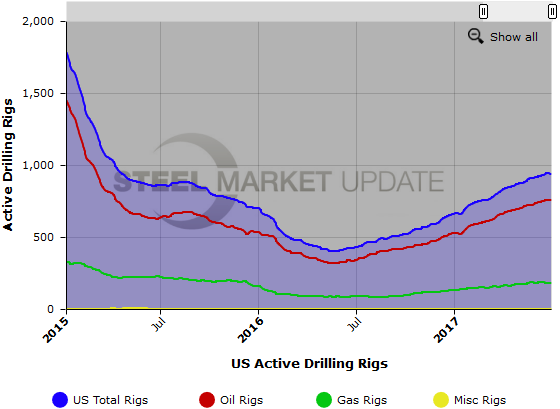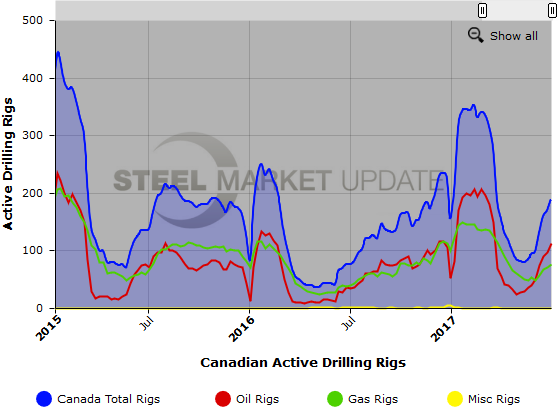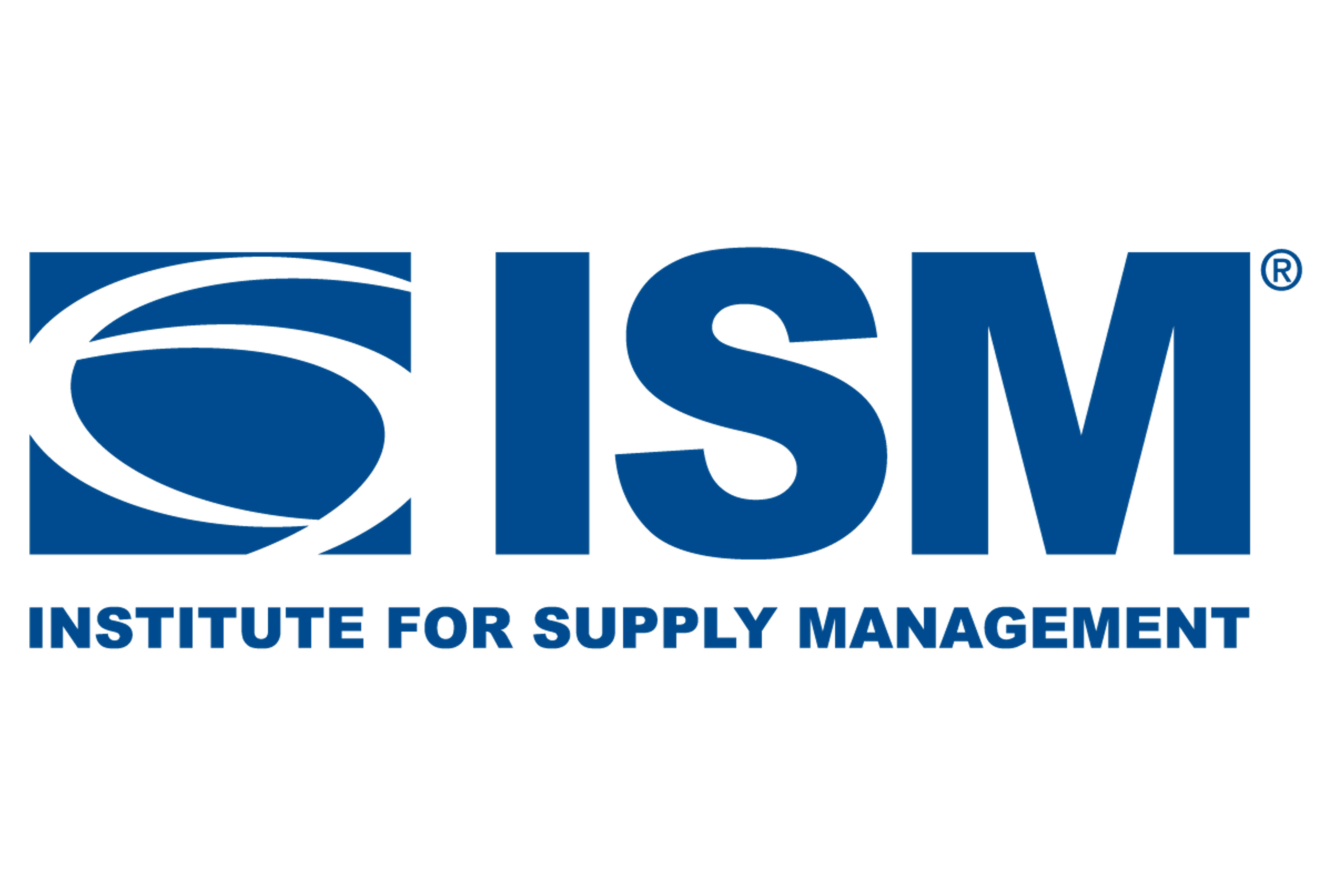Market Data

June 30, 2017
Active Oil & Gas Rig Counts Continue to Surpass 2016 Levels
Written by Brett Linton
According to Baker Hughes data from June 30, 2017, the U.S. rig count for the week was 940 rigs exploring for or developing oil or natural gas. This is down 1 rig compared to last week, with oil rigs down 2 to 756 rigs, gas down up 1 to 184 rigs, and miscellaneous rigs unchanged at 0 rigs. Prior to this week, active U.S. rigs had increased week over week for the previous 23 weeks (see first graph below). Compared to this time last year, the 940 count is up 509 rigs, with oil rigs up 415, gas rigs up 95, and miscellaneous rigs down 1.
The Canadian rig count increased by 19 to 189 rigs this past week, with oil rigs up 14 to 112 rigs, gas rigs up 5 to 77 rigs, and miscellaneous rigs unchanged at 0 rigs. Active Canadian rigs have increased week over week for the last seven weeks, following an 11 week period of consecutively weekly declines (see second graph below). Compared to last year the 189 count is up 113 rigs, with oil rigs up 77, gas rigs up 37, and miscellaneous rigs down 1.
International rigs increased by 1 to 957 rigs for the month of May, an increase of 2 rigs from the same month one year ago. For a history of both the U.S. and Canadian rig count, visit the Rig Count page on the Steel Market Update website here.
About the Rotary Rig Count
A rotary rig is one that rotates the drill pipe from the surface to either drill a new well or sidetracking an existing one. They are drilled to explore for, develop and produce oil or natural gas. The Baker Hughes Rotary Rig count includes only those rigs that are significant consumers of oilfield services and supplies.
The Baker Hughes North American Rotary Rig Count is a weekly census of the number of drilling rigs actively exploring for or developing oil or natural gas in the United States and Canada. Rigs considered active must be on location and drilling. They are considered active from the time they break ground until the time they reach their target depth.
The Baker Hughes International Rotary Rig Count is a monthly census of active drilling rigs exploring for or developing oil or natural gas outside of the United States and Canada. International rigs considered active must be drilling at least 15 days during the month. The Baker Hughes International Rotary Rig Count does not include rigs drilling in Russia or onshore China.









